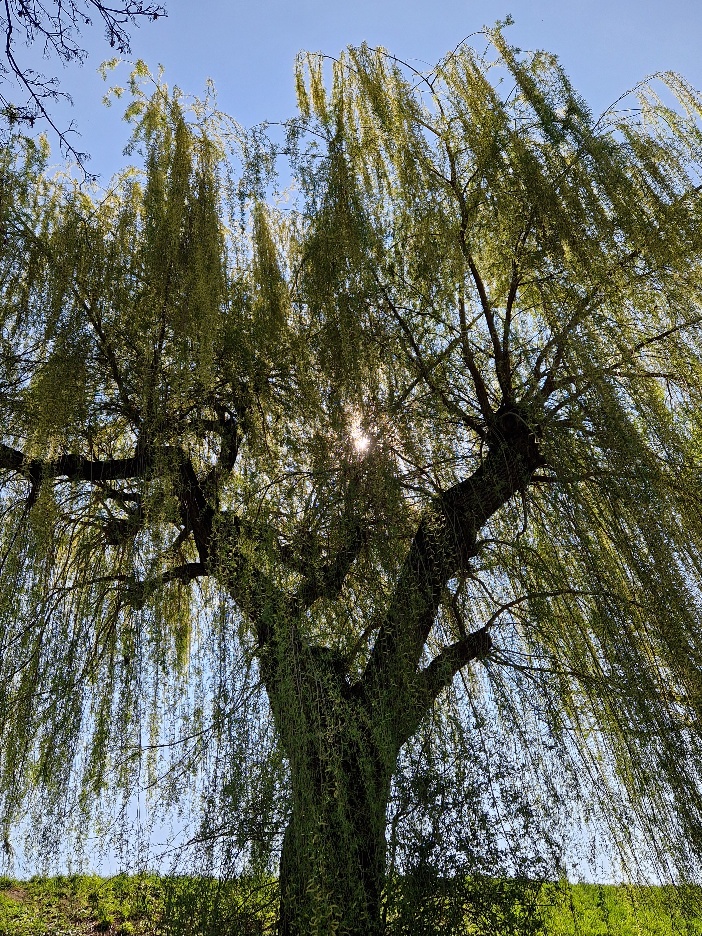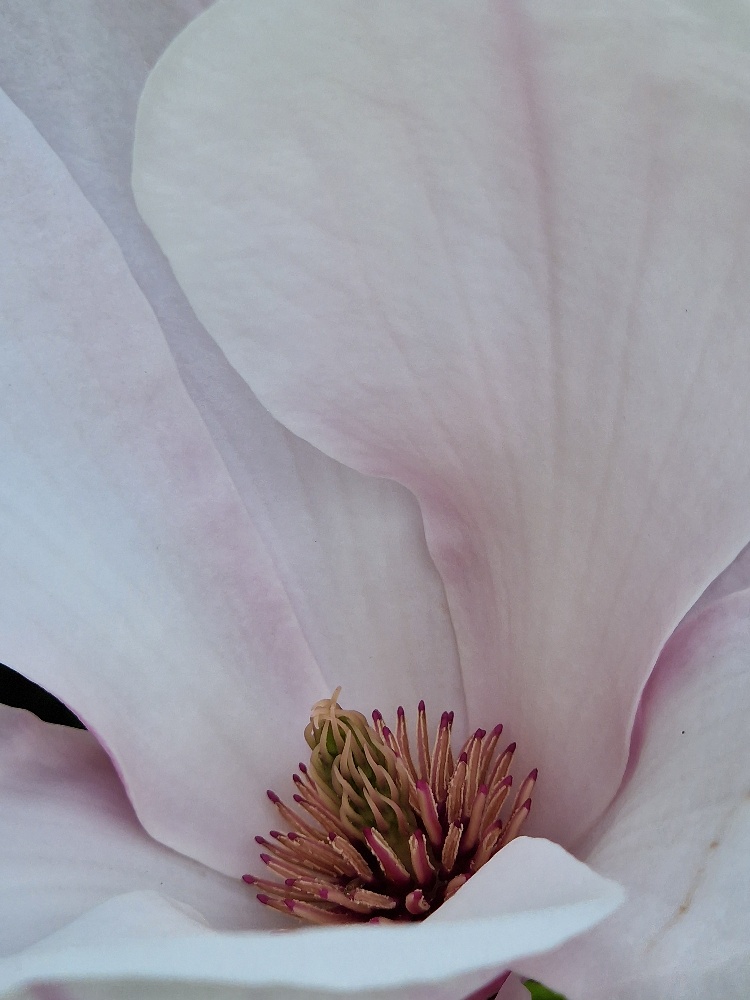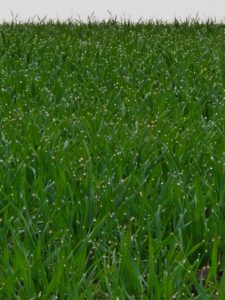What mysteries will yet be unveiled to us! I have often thought that perhaps I owe all the graces with which I am laden, to some little soul whom I shall know only in Heaven.
Thérèse de Lisieux
It is not argument that convinces me of the necessity of a future life, but this: when you go hand in hand with someone and all at once that person vanishes there, into nowhere, and you yourself are left facing that abyss, and look in. And I have looked in…
Leo Tolstoy, War and Peace
People will do anything, no matter how absurd, in order to avoid facing their own souls. One does not become enlightened by imagining figures of light, but by making the darkness conscious.
Carl Gustav Jung
For our Celtic ancestors, the Festival of Samhain (Halloween) marked the beginning of winter, and it heralded the start of the new year.
For many of us, the encroaching darkness brings a shiver, not so much from the cooler temperatures, but more from anticipation of the shorter, colder days and the long, silent nights ahead. The green of the once fresh leaves is giving way to shades of brown, bronze, russet, and red. They will soon have fallen, leaving behind the skeleton-like silhouettes of the majestic crowns they once mantled. The swallows and skylarks have long since returned to their more congenial habitats in the southern hemisphere, leaving behind a few loyal finches, robins, and blackbirds who remain with us, to share the dark months of winter.
We now get out the candles, turn to the pile of books awaiting our attention and the stack the firewood by the stove, relishing the quiet, cosy, long evenings ahead. The opportunity to synchronise our lives with the winter melody of long cold nights and short dull days is precious.
Samhain was the name of the festival marking the beginning of winter in ancient Ireland and is regarded as a celebration of the Irish indigenous New Year, as is attested in the earliest myths and legends which can be dated as far back as the 9th century. It was one of four Gaelic seasonal festivals: Samhain (1 November), Imbolc (1 February), Bealtaine (1 May) and Lughnasa (1 August).
May 1st and November 1st are of little importance to European crop-growers, but of great importance to herdsmen practising seasonal transhumance, whereby cattle are driven to the upland pastures for summer grazing and are led back to the lowlands at the beginning of winter. Thus, halving the year on 1 May and 1 November probably dates from when the Celts were a mainly pastoral people, dependent on their herds on an island which, despite its relatively northern location on the Atlantic seaboard, facilitates year-round grazing thanks to the Gulf Stream.
Samhain is held on 1 November but with celebrations beginning on the evening of 31 October, since the Celtic day began and ended at sunset. This is seen as a liminal time when the boundary between this world and the after world could most easily be crossed. The idea is that the veil that separates the world of the incarnated and that of the Spirits is at its thinnest, allowing (threatening even – depending on your outlook) transit in both directions. This meant the spirits or ‚fairies‘ (the little folk), could more easily come into our world and that we could, even against our will, be dragged off into theirs. It was believed that the spirits needed to be appeased to ensure that the people and their livestock survived the night and the long winter ahead. Offerings of food and drink would be left outside for them, and portions of the crops might be left in the ground for the same reason.
In some areas, guising was a part of Samhain. This involved people going from house to house in costume (or in disguise), usually reciting songs or verses in exchange for food. It has been suggested that the guisers personified the old spirits of the winter, who demanded reward in exchange for good fortune. The ancient festival included people in masks or costumes representing these spirits and it is thought that the modern custom, now widely familiar as `trick or treat´ came from this. In Ireland, the festivities began with people in costumes going about before nightfall on October 31st, collecting offerings for the spirits.
In my childhood, we got both great excitement and satisfaction from making our own costumes from old pyjamas and the like. There were ritual games like snap-apple, where an apple, spiked with a tiny gift, was hung from the door post and two children, hands tied behind their backs, would bite into opposite sides in the hope of winning the prize. There were also games of retrieving fruit and nuts from a basin of water, again without the use of hands.
There was also the barmbrack, a cake at the centre of our Halloween custom. It traditionally contained various objects and was used as a sort of fortune-telling game. Baked into the barmbrack were a series of small objects: a pea, a tiny stick, a piece of cloth, a small coin (originally a silver sixpence), a ring, and a bean. Each item was supposed to carry a meaning to the person concerned: The pea, the person would not marry that year; the stick, would have an unhappy marriage or continually be in disputes; the cloth or rag, would have bad luck or be poor; the coin, would enjoy good fortune or be rich; the ring, would be wed within the year; and the bean, would have a future without money. As the barmbrack was cut and the slices distributed, there was great excitement, and much fun was made of the boy or girl who got the objects, especially the ring.
I have fond memories of these childhood customs. Now, decades later, this feast has taken on yet another layer of meaning for me. It is about the recognition and embracing of darkness. Not only the astronomic-induced darkness outside, but the darkness of my own shadow, that part of me I would prefer not to see, and when I do, attempt to supress.
CG Jung contended that becoming whole (healing) required the integration of the shadow, and much today’s psychotherapy approach is based on this concept. During my own shadow work, it struck me that a further related factor was of great importance, namely that of embracing and integrating my own mortality.
In my younger days, after years of long-term self-medication, I had rather lost the plot and used to strut around with an air of bravado, claiming to have no fear of death. In recovery from substance addiction, I discovered, below this layer of bravado, a deep-seated fear of living, and of life itself. By working through this and learning to live life on life’s terms, it has become possible to embrace my own mortality, from which I had unconsciously flinched all along.
The paradoxical result of these endeavours is that my life is more vivacious now than ever. As the natural world heads into winter hibernation, Halloween is a timely reminder to cultivate the new-found treasures of my new life.










